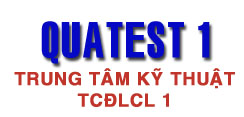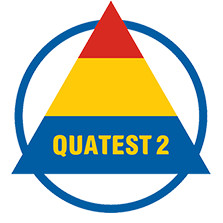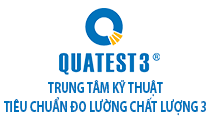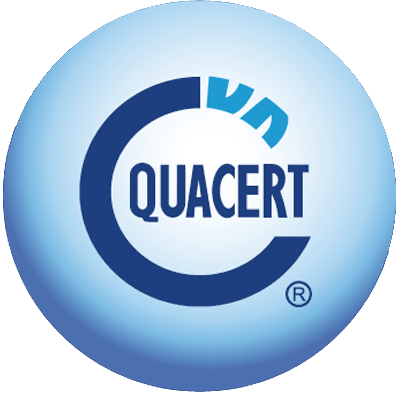Using KPI to carry out organizations’ and firms’ business plans
Post date: Monday, Sep 23, 2024 | 18:06 - View count: 157
Within the framework of the Program to support the establishment of Quality Productivity Clubs among university and college students, on the afternoon of September 23, 2024, the National Committee for Standards, Metrology and Quality organized a training session with topic 10: “KPI: Applying KPI in implementing the organization’s business strategy”.
Presenting at the training session, MSc. Nguyen Ngoc Duy – Member of the Executive Committee of the Youth Union of the Commission for Standards, Metrology and Quality of Viet Nam said that KPI (short for Key Performance Indicator) is an index to evaluate work performance, thereby reflecting the level of goal completion of individuals, departments or the entire enterprise.
KPI index is expressed through different figures, ratios, quantitative indicators, etc., suitable for the specific business characteristics of each subject. In an organization, KPI is often built at many different levels to both realize the goal and measure the progress and results of work.
High-level KPIs will focus on general strategic goals such as: Increase total revenue by 120% in October, Complete 35 provincial projects in the fourth quarter, etc. On the contrary, low-level KPIs are used for process systems, individuals, and departments to evaluate individual work performance. For example: Find 150 potential customers/month, Recruit 2 new employees/week, etc.

According to Mr. Duy, the benefits of applying KPIs for leaders and managers at all levels: Monitor employee performance visually, transparently, and accurately, as well as propose appropriate salary and bonus and disciplinary policies; Improve the efficiency of the work acceptance process; Ensure goals and visions can be completed as expected.
For employees: Understand the level of work completion compared to the set goals; Create motivation to work, towards achieving goals; Detect defects if the task progress is slow to improve promptly.
The most important factor when building KPI indicators is to ensure that they are closely linked to the specific goals of the department and business.
There are 5 steps to building and applying KPIs in an organization. Step 1: Identify the department/person building the KPIs. In this step, there are 2 main methods, of which method 1: Functional departments/sections build their own KPI systems for positions in their departments/sections; In which, the human resource management team plays a supporting role, guiding the method to ensure that the KPIs comply with the above principles.
According to this method, the person who builds KPIs is usually the Head of the Department/Division/Office – the person who has the clearest and most comprehensive understanding of the tasks and requirements of the positions in the department. The larger the Department/Division/Office, the more the KPI building task is divided among subordinates.
Method 2: The human resources department and senior management team will provide a set of KPIs for the department/division/section. Unlike the above method, this method ensures objectivity and scientificity. However, the KPI indicators provided may not be realistic and may not accurately reflect the functions and tasks of the department/division/section.
Step 2: Identify KPI indicators. The most important factor when building KPI indicators is to ensure that they are closely linked to the specific goals of the department or business, including: Specific goals, measurable goals, achievable goals, realistic goals, and time-bound goals.
Step 3: Evaluate the level of KPI completion. After successfully building KPIs for departments and job positions in the business, it is time to apply it to management, both human resources and productivity. Because KPIs are determined based on measurable criteria, there must be a specific evaluation method for each KPI item.
In general, every task and KPI can be divided into 3 main groups as follows: Each of these KPI groups will have different weights, depending on their importance, such as: A: 50%; B: 30% and C: 20%
In which, group A: takes a lot of time to perform, has a big impact on the common goal; Group B: takes little time to perform, has a big impact on the common goal or/and takes a lot of time to perform, has a little impact on the common goal; Group C: takes little time, has a little impact.
Step 4: Link KPI assessment and compensation. For each KPI completion level, the KPI system builder will determine a certain salary/bonus level. This policy can be pre-determined by the leaders in the enterprise, the highest-level manager in the department, the KPI system builder or agreed upon by the employees themselves.
Normally, there will be a periodic work results assessment session at the end of each assessment period. The assessment should be objective and comprehensive by combining the opinions of the boss, colleagues, customers and the employees themselves.
Step 5: Adjust and optimize KPIs. KPIs need to be monitored and adjusted over time. Always review the KPIs that have been set to ensure that the numbers are appropriate. It may take the first few months for things to reach optimal levels, but once you have final KPIs, maintain them for at least a year.




















